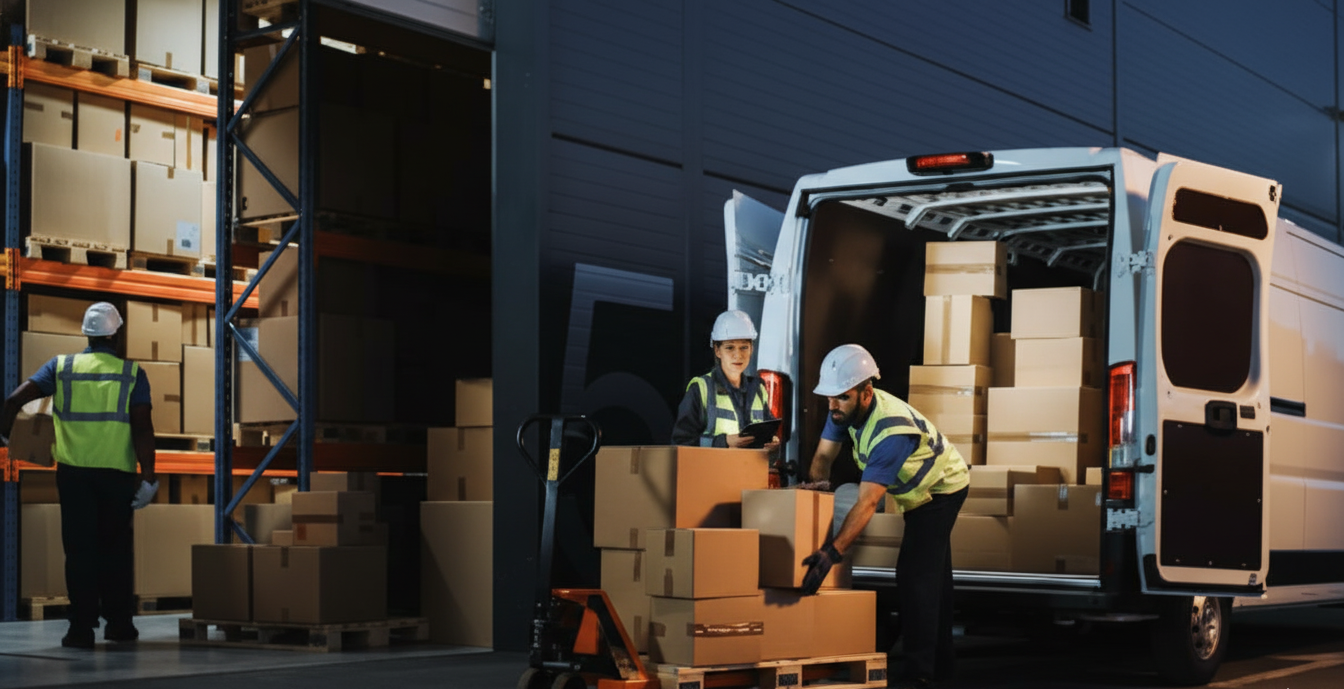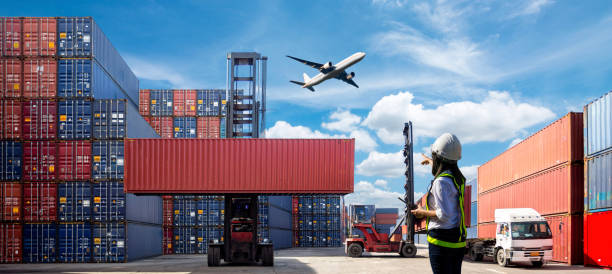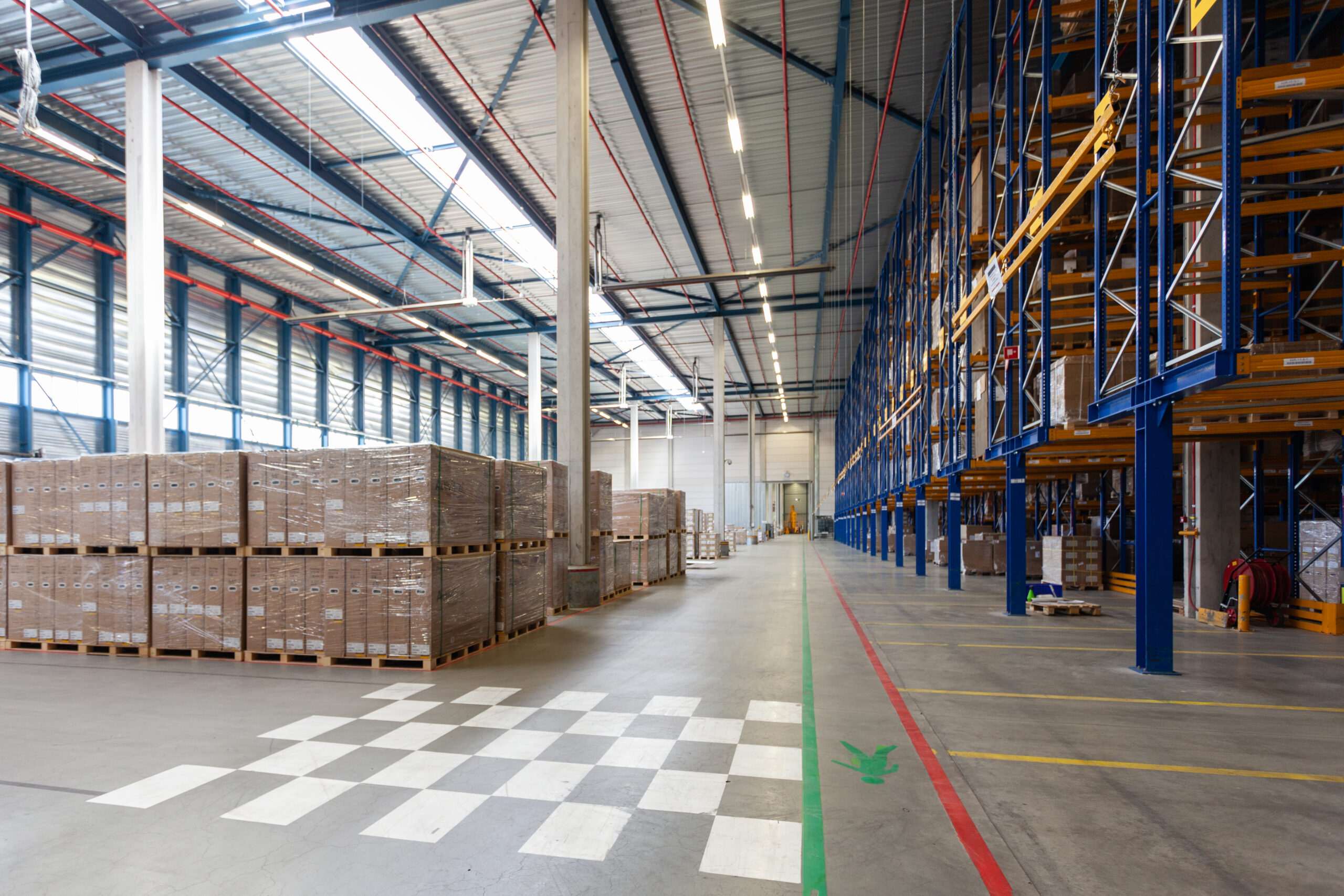For companies in the UK navigating evolving market demands, contract logistics acts as the backbone of seamless operations. Providers like Cemson Logistics …
BLOG
OUR BLOG
RECENT ARTICLES
Understanding Transport Management in Contract Logistics In the context of contract logistics, where providers like Cemson Logistics take end-to-end responsibility for managing …
At Cemson Logistics, this transformation defines how we deliver data-driven accuracy, cost efficiency, and real-time visibility across every layer of logistics execution. …
A well-managed warehouse directly affects: Inventory accuracy Order fulfillment speed Supply chain visibility Customer satisfaction UNDERSTANDING WAREHOUSE MANAGEMENT IN CONTRACT LOGISTICS Warehouse …




